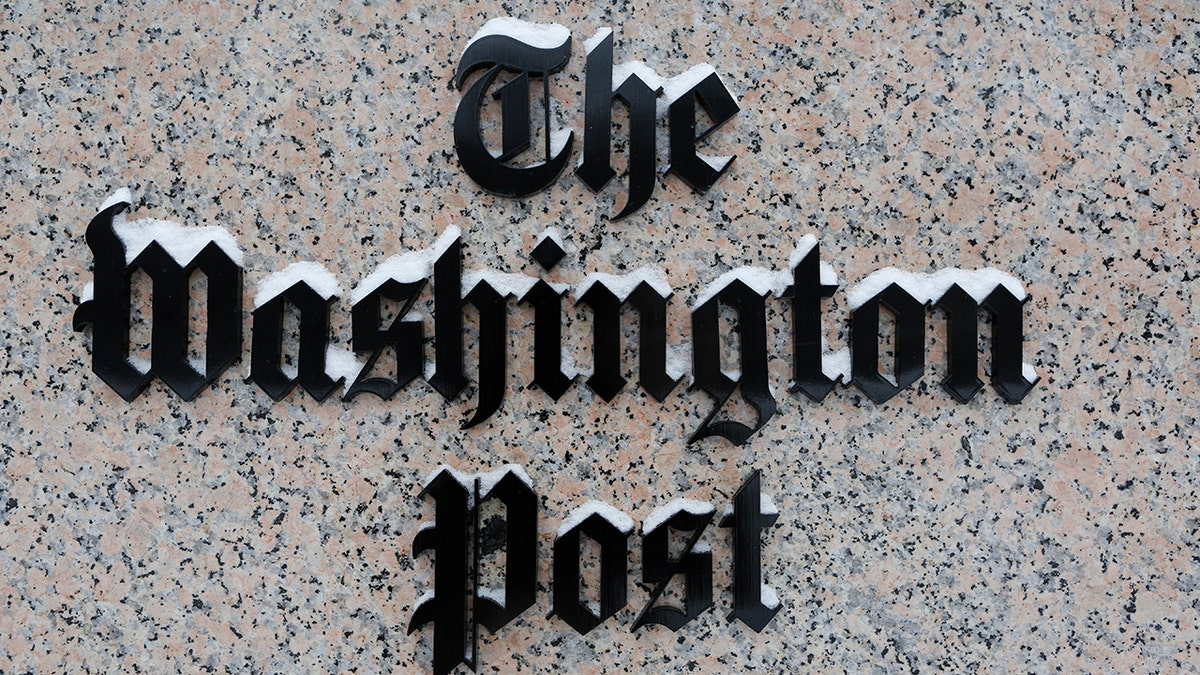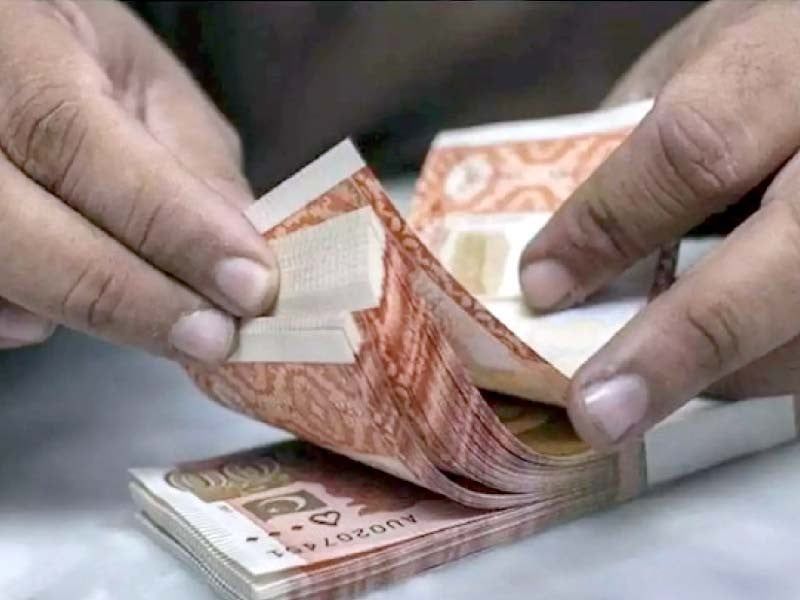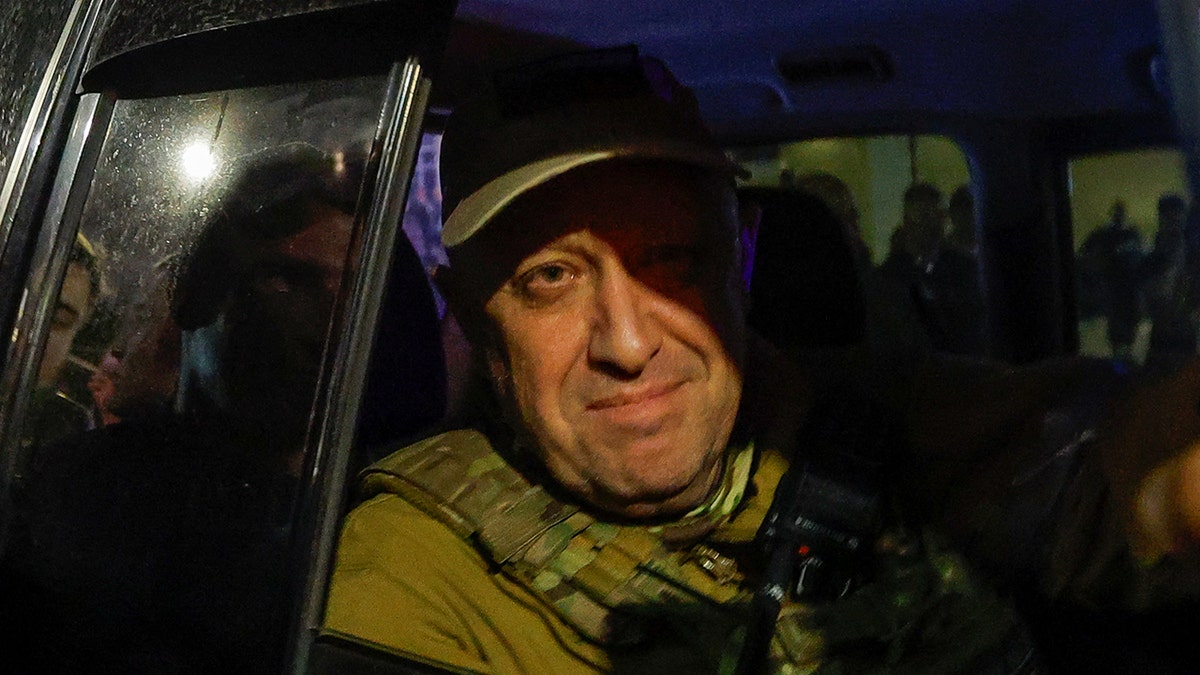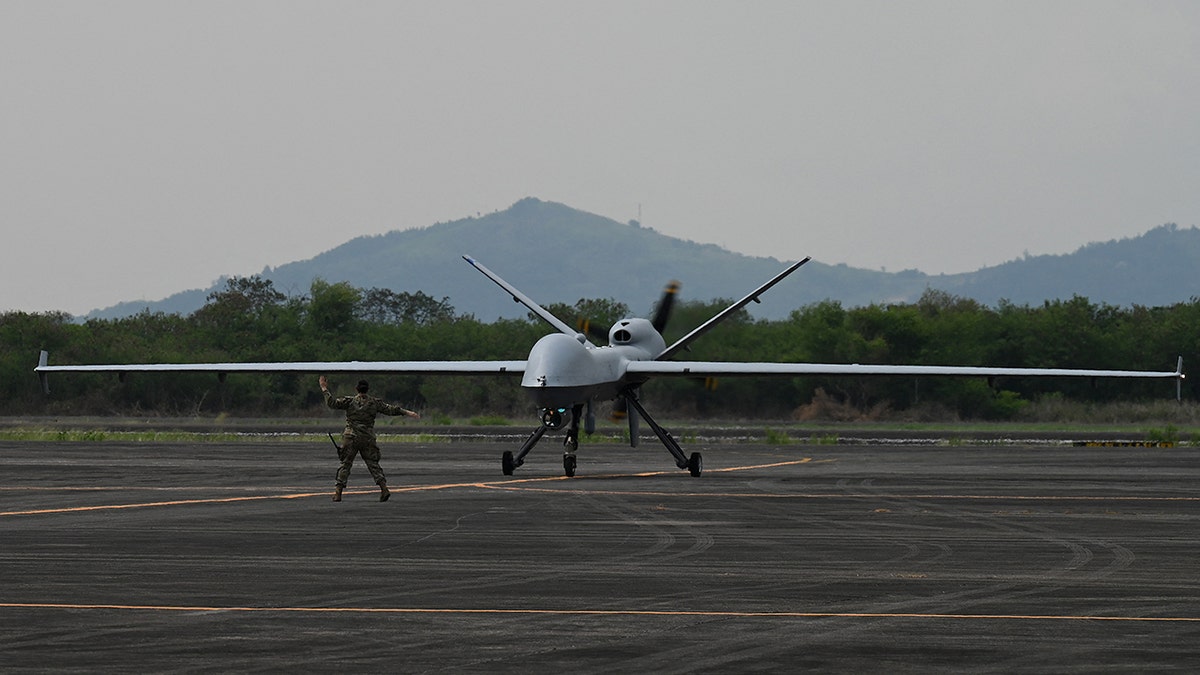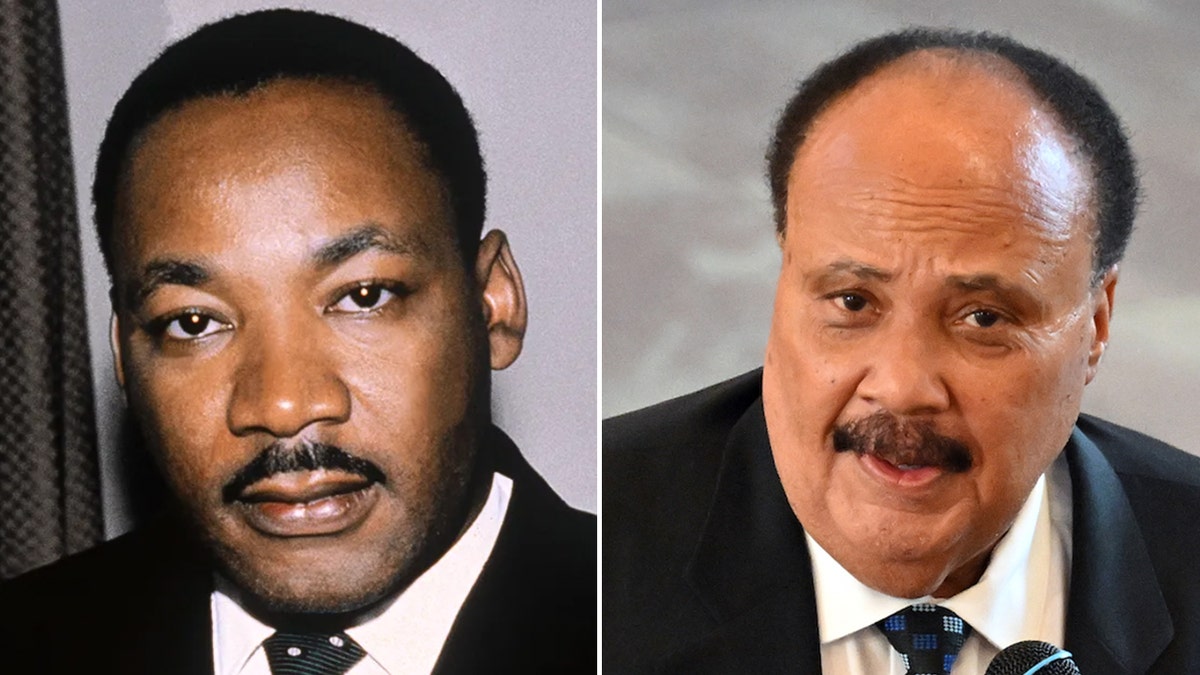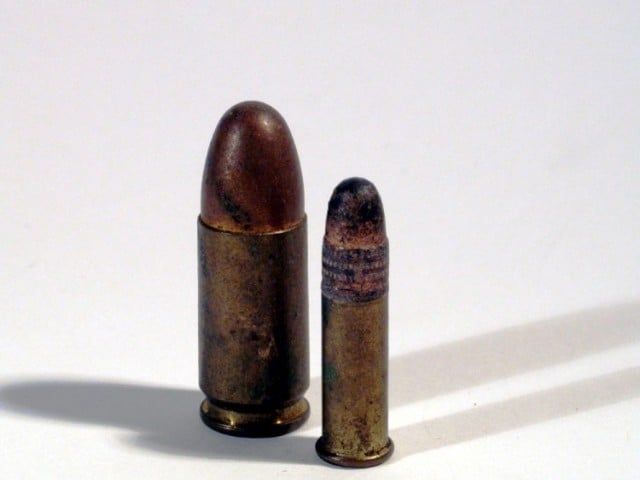A newly declassified intelligence report delves into the possible connections between the Wuhan Institute of Virology (WIV) and the emergence of the COVID-19 pandemic. Released to Congress, the nine-page document scrutinizes the WIV's capabilities, activities of its staff, and its potential role in the pandemic's origin.
The report explicitly states that it doesn't favor either the lab leak or natural origin hypotheses, nor does it investigate other biological facilities in Wuhan. It's a direct response to the COVID-19 Origin Act of 2023, signed by President Biden, mandating the declassification of relevant government information.
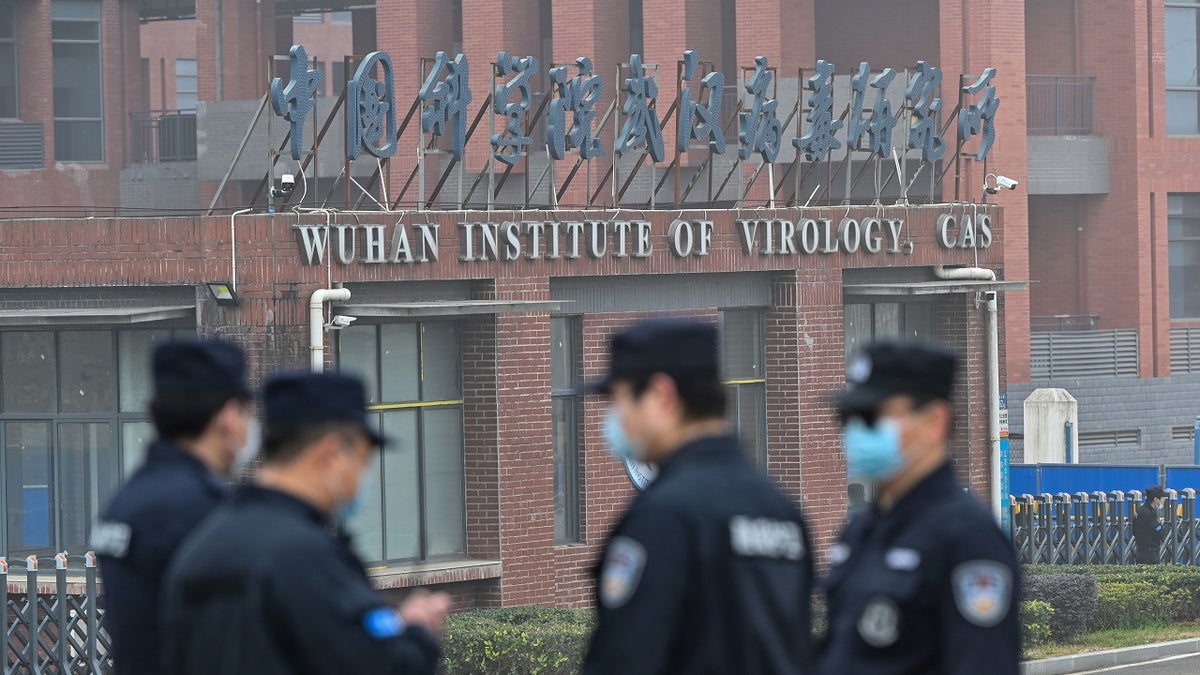
Security personnel stand guard outside the Wuhan Institute of Virology as a World Health Organization (WHO) team investigates the origins of COVID-19. (Hector Retamal/AFP via Getty Images)
While the intelligence community remains divided on the pandemic's origin, the report highlights that both natural animal exposure and a laboratory-associated incident are considered plausible. Several agencies lean towards natural origin, while others suspect a lab leak. The report definitively concludes that the virus was not genetically engineered or developed as a bioweapon.
The report acknowledges collaboration between the WIV and China's People’s Liberation Army on public health research, including coronavirus studies. However, it emphasizes that there's no evidence suggesting the WIV possessed SARS-CoV-2 or a close precursor before the pandemic, nor any direct evidence of a specific research-related incident leading to the outbreak.
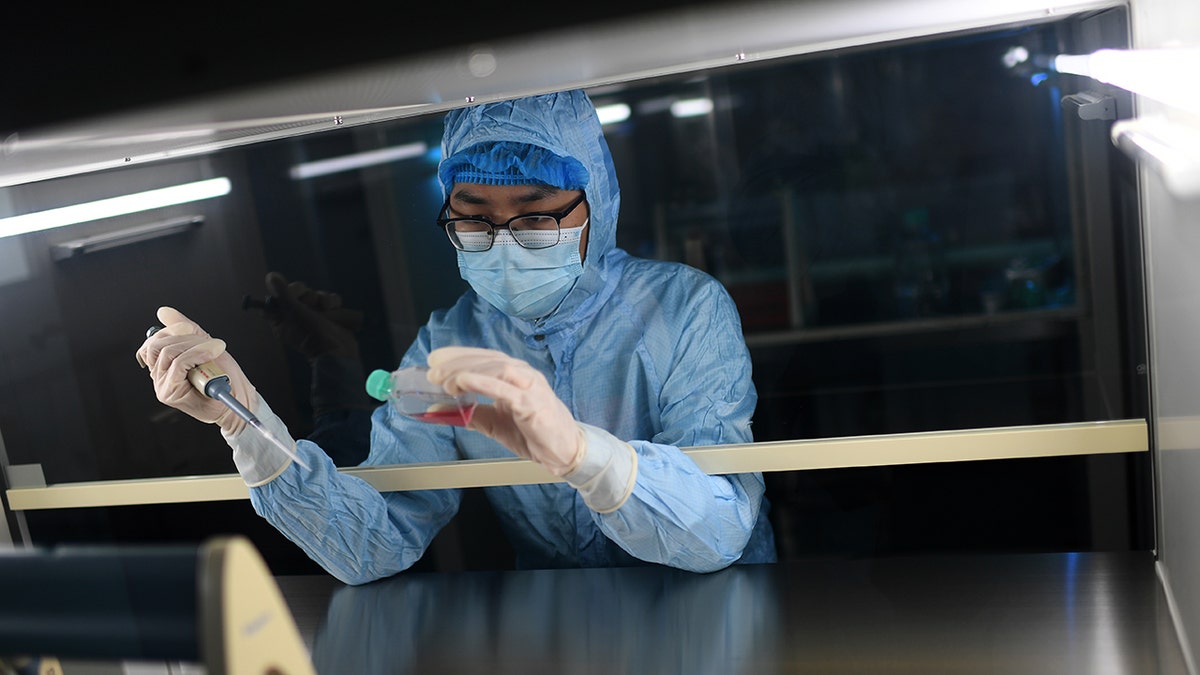
The report notes that some WIV scientists may not have consistently adhered to adequate biosafety protocols when handling SARS-like coronaviruses. (Photo credit should read Feature China/Future Publishing via Getty Images)
The report also addresses the illness of several WIV researchers in the fall of 2019, displaying symptoms similar to COVID-19. While this information has been previously reported, the intelligence community concludes it neither confirms nor denies either origin hypothesis, as the symptoms could have stemmed from various illnesses.
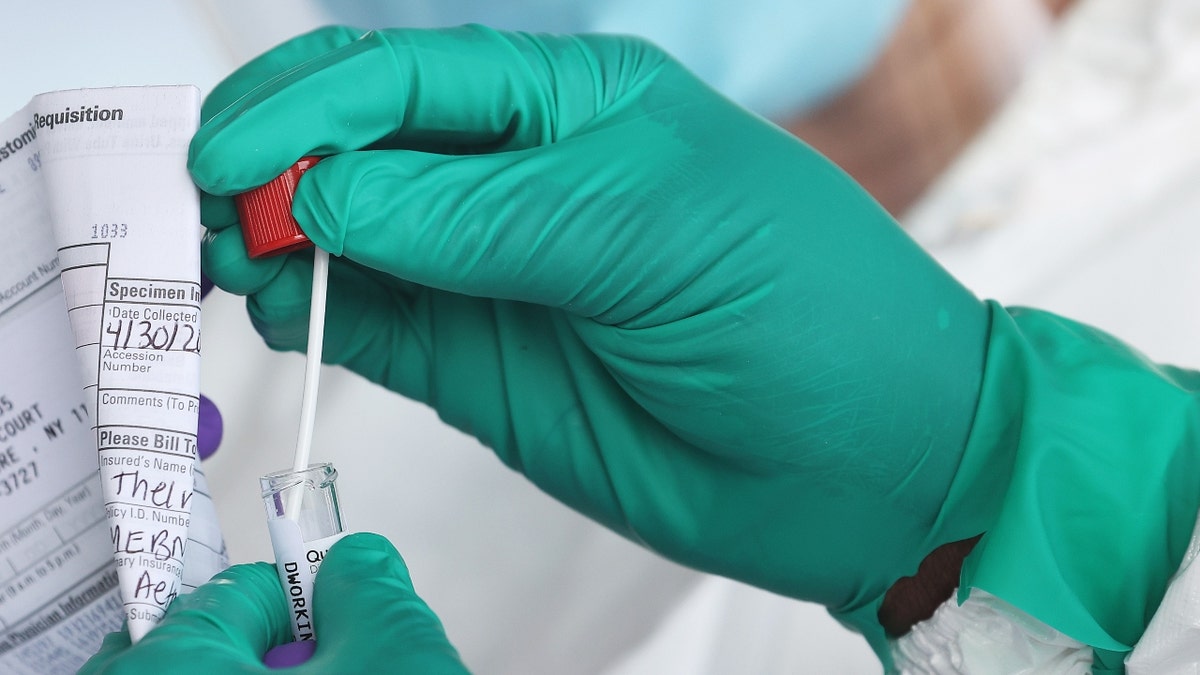
The WIV scientists who fell ill in the fall of 2019 later tested negative for SARS-CoV-2 antibodies. ((Photo by Al Bello/Getty Images))
The report underscores that the WIV, housing one of the world's largest collections of bat samples, first obtained SARS-CoV-2 at the pandemic's onset in December 2019, isolating it from pneumonia patients. It also reveals that the WIV needed to upgrade equipment and safety procedures, highlighting potential biosafety vulnerabilities.

The Office of the Director of National Intelligence (ODNI) released the report in compliance with the COVID-19 Origin Act of 2023.

